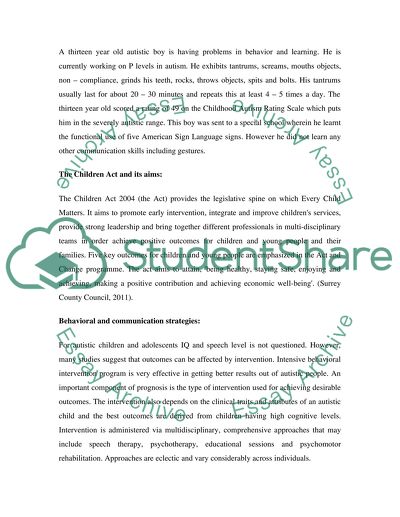Cite this document
(“Behaviour for Learning Essay Example | Topics and Well Written Essays - 1750 words”, n.d.)
Retrieved from https://studentshare.org/education/1424375-behaviour-for-learning
Retrieved from https://studentshare.org/education/1424375-behaviour-for-learning
(Behaviour for Learning Essay Example | Topics and Well Written Essays - 1750 Words)
https://studentshare.org/education/1424375-behaviour-for-learning.
https://studentshare.org/education/1424375-behaviour-for-learning.
“Behaviour for Learning Essay Example | Topics and Well Written Essays - 1750 Words”, n.d. https://studentshare.org/education/1424375-behaviour-for-learning.


